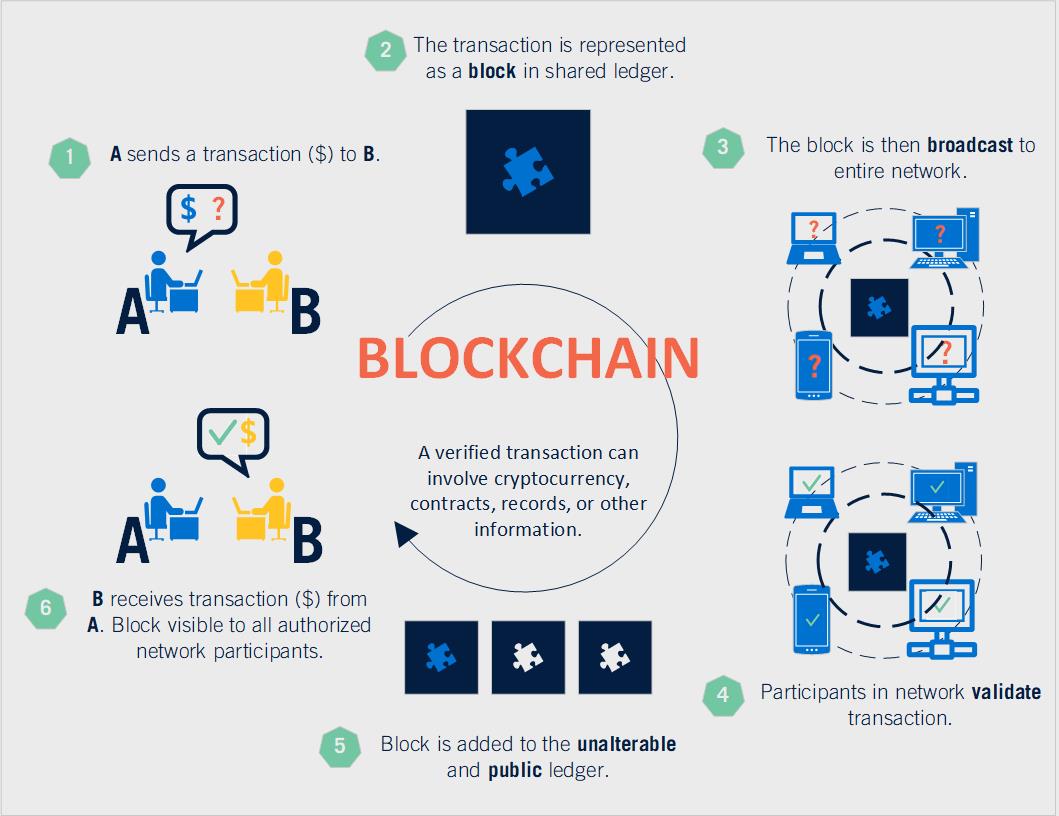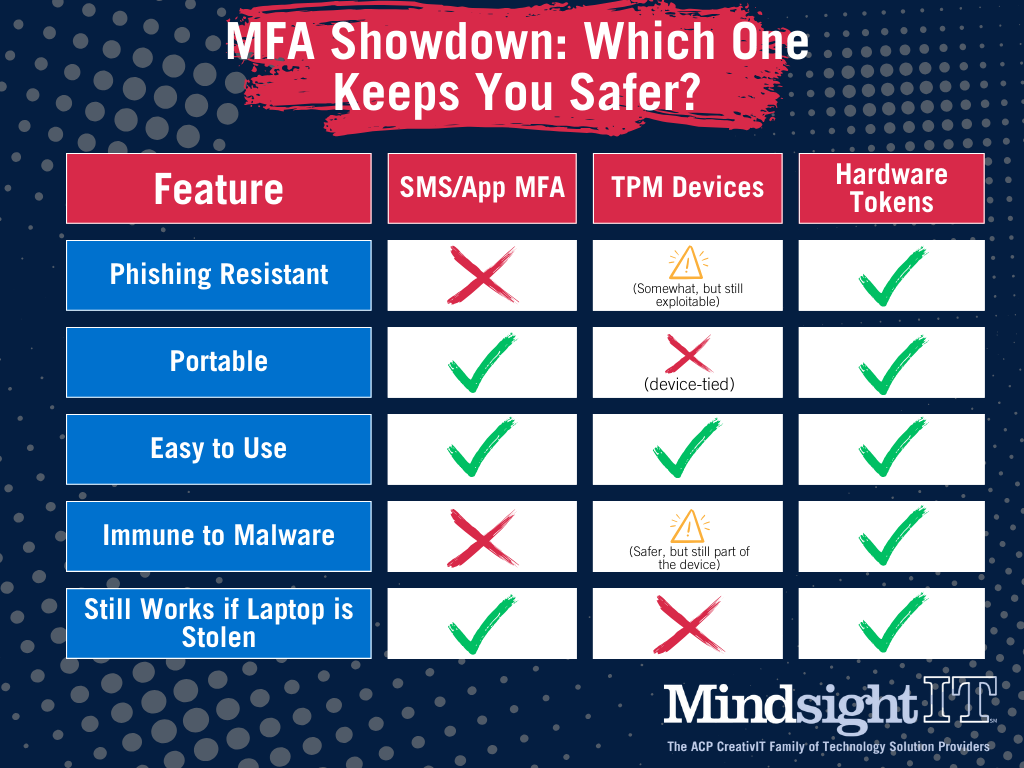December 20, 2018 by Siobhan Climer
Blockchain. It’s a complex, and often over-simplified concept. Today, we won’t be writing the manual on blockchain use cases, but we will look at one specific – and enticing – proposition for blockchain technology as it relates to network security.
 Also known as a distributed ledger, blockchain is often linked to the financial service industry since it is the concept underlying the success of bitcoin. However, it is a falsehood to relegate blockchain to the confines of any one vertical. Contrary to popular opinion, instead of bitcoin or finance, blockchain should most closely be associated with security. And security transverses all industries.
Also known as a distributed ledger, blockchain is often linked to the financial service industry since it is the concept underlying the success of bitcoin. However, it is a falsehood to relegate blockchain to the confines of any one vertical. Contrary to popular opinion, instead of bitcoin or finance, blockchain should most closely be associated with security. And security transverses all industries.
The distributed ledger, or database, shifts access security from a single, centralized point towards a complex and interwoven decentralized model. And it is this idea that has experts hooked. One possibility is blockchain-enabled SDN, and enterprises like Cisco and VMWare – which both purchased SD-WAN-based companies this past year – are investing.
The Blockchain Process
Since much of the conversation around blockchain has centered on the financial industry, let’s use the language of transactions to give a quick overview. In essence, blockchain enables transactions of any nature, whether currency or information, to be stored in an unalterable and transparent shared ledger. Once the transaction is initiated, it is represented as a block in the shared ledger. The requested transaction is then broadcast to a P2P network, which then validates the transaction. Once the transaction is validated, the block is added to a chain of other blocks in the shared ledger. The transaction is then complete. That’s it!
Fig 1: How Blockchain Works
Blockchain-Enabled SDN
It’s easy to see how security fits into this picture. Blockchain enables verification of transactions via distributed network authorization and then adds that data to an unalterable ledger. The decentralization eliminates control by any one node, removing the risk of single-point failures. Plus, since each transaction is public, it offers a reliable infrastructure that is easily verifiable.
Network engineers can probably already guess what this means for software-defined networking, or SDN. SDNs support real-time application performance, an ideal fit for a blockchain architecture layer. Blockchain-enabled SDN would substitute a cryptocurrency transaction for an information-based transaction between network devices. Instead of a network manager handling bugs, patching servers, updating software, or monitoring performance, they could instead focus on more strategic technology initiatives; for instance, working with an Artificial Intelligence (AI) to optimize the blockchain-enabled SDN.
What is SDN? Glad you asked! Take a peek at the white paper Modernizing Your IT Environment With SDN.
Outcome: Evolving Network Security Architecture And Controller Roles
Network architectures are changing, and so are the environments they support. Organizations are adopting BYOD policies left and right, and network infrastructure is gaining complexity as multiple architectures are layered in hybrid environments. It isn’t just switches and routers anymore.
While a blockchain-enabled SDN is intriguing, there are only a few companies even offering the technology for deployment. And SDN isn’t the only application for blockchain technology. The Internet of Things (IoT) and even cloud-based infrastructures will likely face disruption from blockchain technology.
Even though a blockchain-enabled SDN might seem far-fetched for your business today, it’s worth starting the conversation around how to optimize your network infrastructure to increase agility for changes on the horizon. Building a technology roadmap that takes you from where you are, to where you want to be – and prepares you for where you might end up next – is our specialty.
To find out more about a technology roadmap, check out our eBook The Ultimate Guide To Creating A Technology Roadmap.
Like what you read?
Contact us today to discuss your technology roadmap.
About Mindsight
Mindsight, a Chicago IT services provider, is an extension of your team. Our culture is built on transparency and trust, and our team is made up of extraordinary people – the kinds of people you would hire. We have one of the largest expert-level engineering teams delivering the full spectrum of IT services and solutions, from cloud to infrastructure, collaboration to contact center. Our highly-certified engineers and process-oriented excellence have certainly been key to our success. But what really sets us apart is our straightforward and honest approach to every conversation, whether it is for an emerging business or global enterprise. Our customers rely on our thought leadership, responsiveness, and dedication to solving their toughest technology challenges.
Contact us at GoMindsight.com.
About The Author
Siobhan Climer, Science and Technology Writer for Mindsight, writes about technology trends in education, healthcare, and business. She previously taught STEM programs in elementary classrooms and museums, and writes extensively about cybersecurity, disaster recovery, cloud services, backups, data storage, network infrastructure, and the contact center. When she’s not writing tech, she’s writing fantasy, gardening, and exploring the world with her twin two-year old daughters. Find her on twitter @techtalksio.



